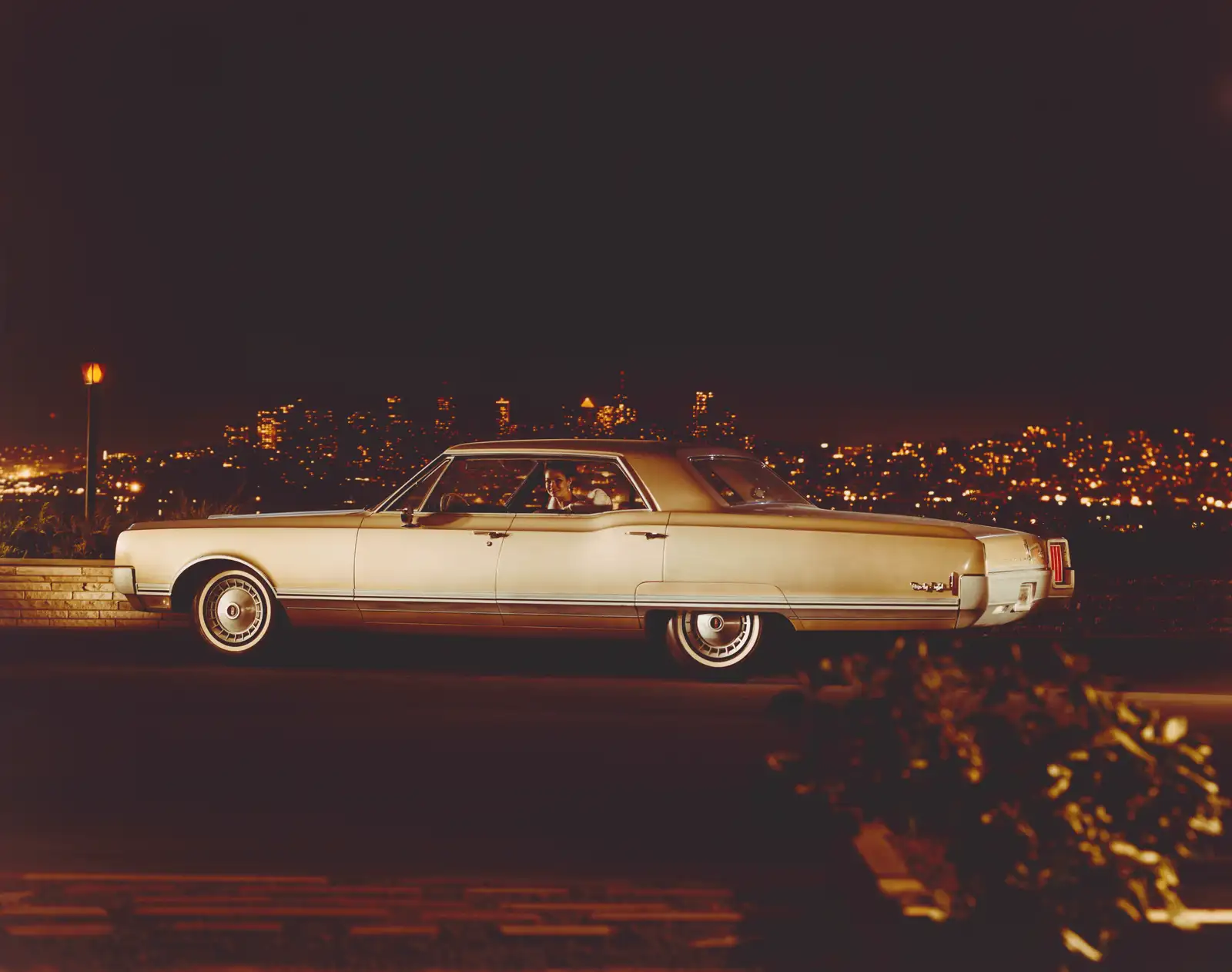Los vehículos eléctricos (VE) son un lienzo en blanco para el diseño de sonido. Más silencioso que sus primos con motor de combustión, el sonido se puede asignar a un EV para transmitir velocidad, capacidad de respuesta, textura e incluso una sensación de lujo futurista.
Disturbing the sound of silence
Electric vehicles (EVs) are a blank canvas for sound design. Quieter than their combustion engine cousins, sound can be mapped onto an EV to convey speed, responsiveness, texture, and even a sense of futuristic luxury.
In recent years, symphonic composers and Eurodisco pop stars alike have been hired to create “sonic identities” for EVs. But skeuomorphic car sounds, or those that imitate a traditional engine, are not of much interest to these designers. Instead, they are creating new sonic experiences, from spectral humming to smooth whirring, to both enhance the sensory experience of electromobility and lend EVs a distinct signature.
EV sound design is not just about aesthetics—it’s also about safety. New regulations passed by the UN, and in countries around the globe, now require EVs and hybrid EVs to produce a minimum level of sound to protect pedestrians, particularly those visually impaired, who face higher risk of collision with silent vehicles.
As global EV sales continue to climb and local and national governments incentivize their purchase to lower carbon emissions, EV acoustics will not just be about individual experience of driving, but will shape the sound of our urban landscapes. Listen close, because things are about to get less noisy and more musical.
Let’s drive ahead and hear what that future might sound like.
By the decibels
10 dB: The level of sound a person makes while breathing.
43 dB: Mandated minimum level of noise that an EV must emit, according to the US National Highway Traffic Safety Administration, when driving less than 18.6 mph.
56 dB: Mandated minimum level of noise that an EV must emit, according to the EU Regulation on the Sound Level of Motor Vehicles, when driving less than 20 kph (12.4 mph).
60 dB: Average level of background noise in an urban setting, or the level of noise in a normal conversation.
82 dB: The legal noise limit on a standard combustion engine car, according to the UN Economic Commission for Europe.
105 dB: The level of noise a Dodge Challenger Hellcat’s V8 engine makes, one of the loudest cars ever tested.
120 dB: The level of noise at a (raucous) rock concert.
Make some noise!
For over a decade, the World Blind and European Blind Unions called for a mandatory sound alert system on all quiet vehicles. Their advocacy paid off in 2014, when the EU passed legislation (pdf) requiring all EVs to implement an Acoustic Vehicle Alert System or “AVAS,” also known as a Pedestrian Warning System or “PWS,” by 2019. The UN followed up on their own regulations in 2016. National-level AVAS laws have since been passed in the US, UK, Japan, and many other countries.
An AVAS generates artificial driving noises to alert pedestrians, cyclists, and “VRUs,” or “vulnerable road users,” that a car is nearby. These systems, which can project sound from the front and rear of the car, draw upon the human ability to perceive distance, direction, and acceleration through sound.
The new AVAS mandates are taking designers in some interesting directions.
⏱️ Yuri Suzuki, a Japanese designer and musician, has created EV sounds that adapt to a car’s location and speed, as well as the time of day.
🎭 Academy Award-winning composer Hans Zimmer and sound artist Renzo Vitale together created BMW IconicSounds Electric, a collection of “soundscapes” for their EV line-up that can be changed to reflect different moods.
🎶 Acoustics for the Nissan Leaf, designed by Man Made Music, are tailored to suit national variation in what “quality” sounds like, with cars sold in Europe producing lower frequency sounds, and cars in Japan, higher frequency.
🥁 Composer Leslie Mandoki, former drummer for the Eurodisco band Dschinghis Khan, helped to develop the “confident and likable” hum for the Volkswagen ID 3…
🛸 …while the 2020 Karma Revero GT has been blasted for sounding like a leaf blower or a “flying saucer that’s been pummeled by asteroids.”
Fuente: https://qz.com


